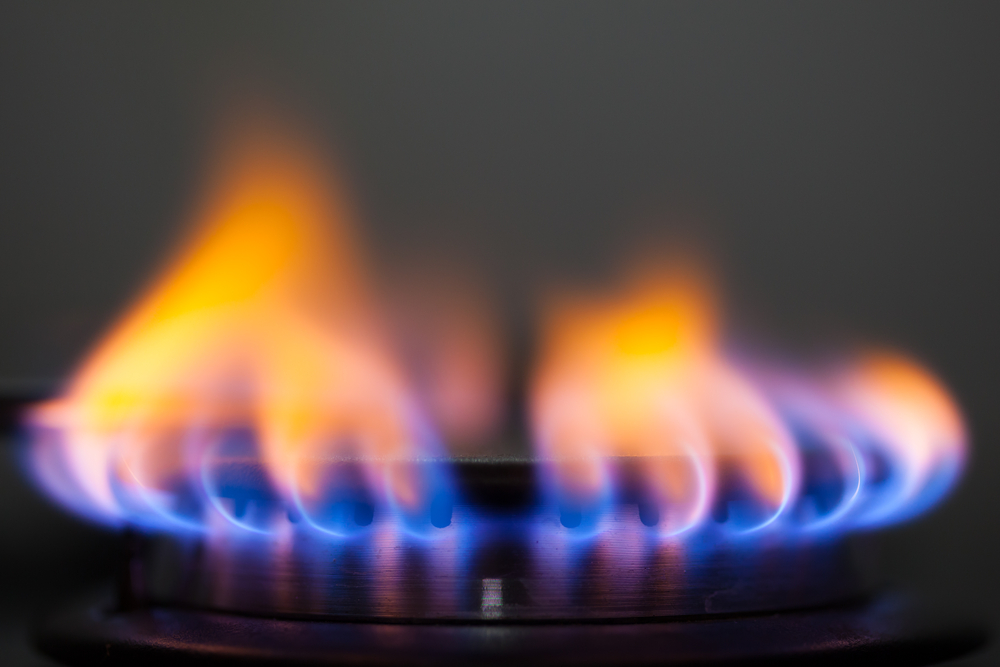Household Bills
Energy price cap lowered to £1,042 a year

Guest Author:
Emma LunnThe energy price cap, set by Ofgem, has been lowered from £1,126 to £1,042 a year.
The new cap takes effect from today, and is the lowest the price cap has been since it was first introduced in January 2019.
The prepayment energy cap has been lowered from £1,164 to £1,070 a year.
What is the energy price cap?
The energy price cap is a limit on the unit rate and standing charge that energy suppliers can charge.
The cap is set by Ofgem, the energy regulator, and is based on how much suppliers need to spend to get energy to your home.
The energy price cap mainly affects about 11 million customers in the UK who are on their supplier’s standard variable rate tariff or default tariff.

Wellness and wellbeing holidays: Travel insurance is essential for your peace of mind
Out of the pandemic lockdowns, there’s a greater emphasis on wellbeing and wellness, with
Sponsored by Post Office
Ofgem introduced the cap to try and protect these customers from unexpected price rises.
It’s important to understand that the energy price cap doesn’t set a limit for your total bill – what is capped is how much you can be charged for a unit of energy. Energy is measured in kWh or kilowatt hours.
The price cap is calculated using average energy use in the typical home.
Ofgem reviews the energy price cap twice a year to take into account the varying costs of wholesale energy. It makes a calculation in February with the cap effective from 1 April, and then another calculation in August with the cap effective from 1 October.
Does the price cap mean cheaper energy bills?
Even with the price cap in place, the more units of energy you use, the more you will be billed.
Even with the price cap in place, households will usually be better off switching to a fixed energy tariff, as standard variable rate or default tariffs tend to be the most expensive gas and electricity deals.
Peter Earl, head of energy at Comparethemarket.com, says: “The cap was originally introduced with the worthy goal of preventing energy suppliers from hiking prices unfairly for their more loyal customers and charging them over the odds for their energy. In practice, however, confusion about the price cap could be leading people to pay more for their energy than they ought to. As the long list of tariffs priced cheaper than the cap demonstrates, the new cap is not a good price to pay for energy – far from it.
“The cap appears to be disincentivising customers from switching provider, which is a concern as switching remains a reliable way for households to save money on their energy bills and lock in an energy tariff that is significantly lower than the £1,042 cap level. With the economic environment still highly uncertain, switching to a fixed-rate tariff is an effective way for people to lower their energy bills during the coming colder months.”